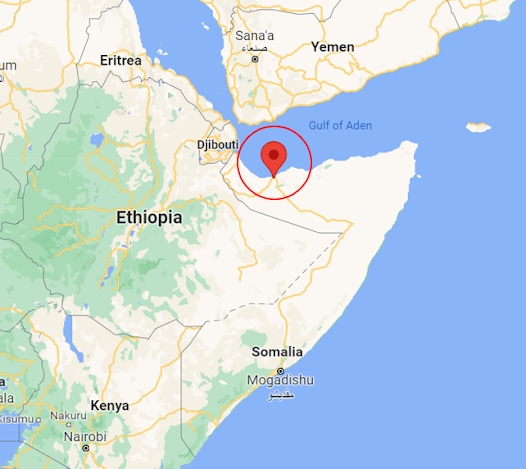Groundwater Irrigation: A Potential Saviour for Zambia's Agricultural Sector? (II)
Logistical Considerations
Over the last two decades, the use of motor pumps for smallholder GWI in particular has increased considerably. Since the late 1980s, the retail price of 3-5 horsepower pumps (as seen in Figure 1) has declined to approximately US$200. This has made them more accessible for smallholders and encouraged a transition from less-effective treadle pumps.
 |
Figure 1 Diagram of a typical portable motor pump used for GWI in Zambia. |
This has led Colenbrander and van Koppen (2013) to conclude that motor pumps would satisfy The Zambia Irrigation Policy & Strategy's aim of "alleviat[ing] poverty and food security" by upgrading existing and creating new public sector, (smallholder) farmer-managed irrigation schemes. With an estimated 400,000-600,00 hectares of land available for further irrigation development, motor pumps could indeed be the way for Zambia to achieve a green revolution similar to that of South Asia and address food security concerns.


Interesting to see how Zambia hasnt really invested much into small-hold farmers. Do you see this figure of 2% increasing any time soon? Also, are these groundwater reserves being used sustainably, or are they at risk of running out or suffering from contamination issues?
ReplyDeleteHi Sara! Thank you for your comment. I do think the propositions put forward by Colenbrander & van Koppen (2013) have potential to raise this 2% figure. I believe the ZNFU could use their collective power to lobby greater investment from the government, perhaps in the form of subsidies. Furthermore, the decentralisation of suppliers would help increase access to groundwater pumps for smallholders.
DeleteIn terms of groundwater contamination, I did come across some research when I wrote this post about contamination in Lusaka. The development of groundwater has thus far been largely unregulated which has increased concerns of water quality and sustainability. Inadequate water infrastructure in (peri-) urban areas leaves residents with no alternative but to create private water supplies (e.g. boreholes or shallow wells) and their own waste disposal (e.g. septic tank or pit latrine). Waste disposal facilities pose a risk to aquifers and when they are located near water supply, present a serious contamination risk. Furthermore, poor sanitation practice arising from a lack of facilities and state presence have been found to reduce groundwater quality.
As Zambia continues to urbanise, and cities such as Lusaka grow, it is important that water supply and waste disposal facilities are sufficiently distanced to avoid contamination. This is especially important in areas without centralised sewage networks or public water supply.